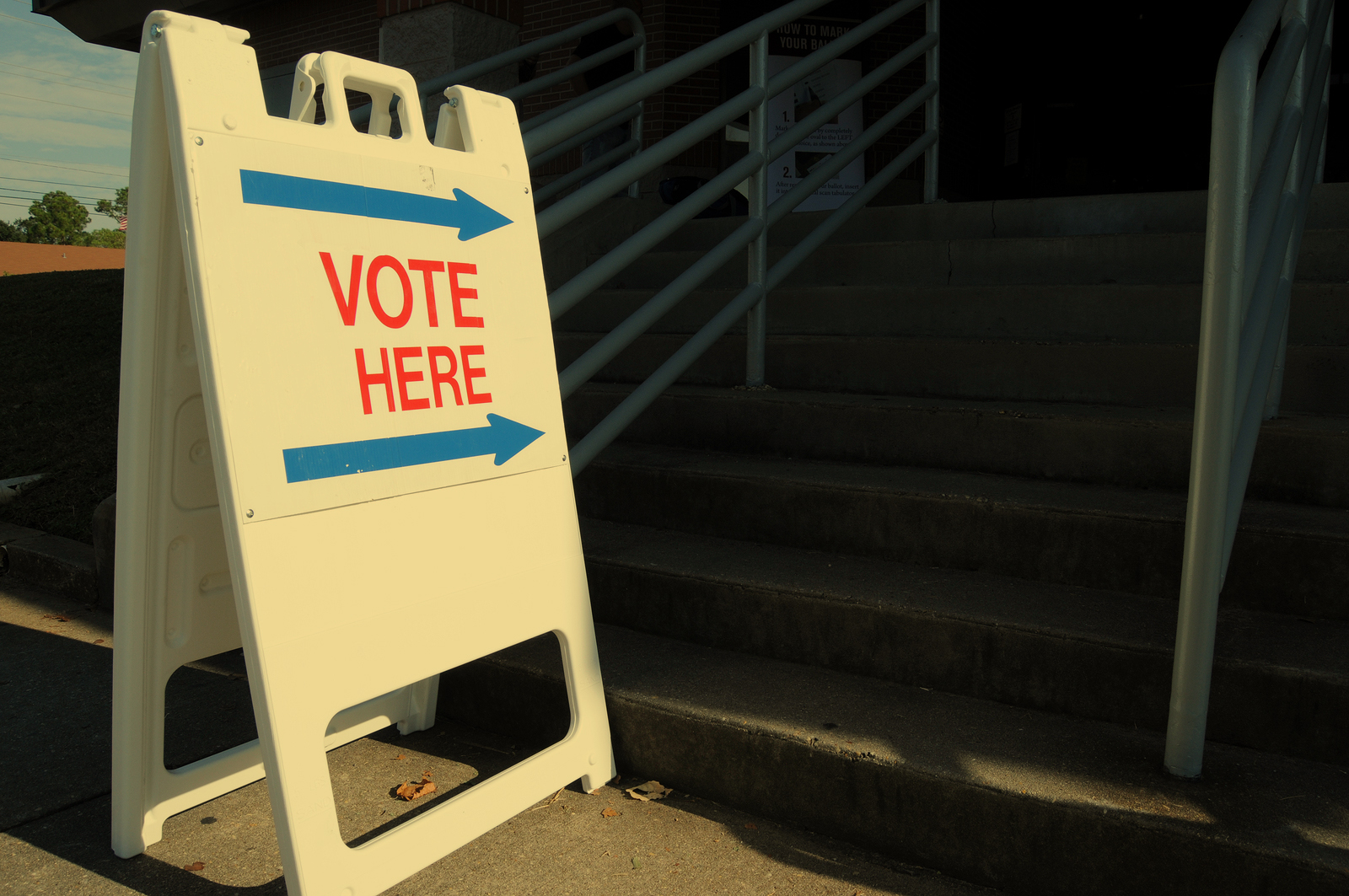Caucus vs. Primary; Closed vs. Open – How each state picks a presidential candidate
February 1, 2016, the day we’ve all been waiting for as the presidential candidate picking process officially kicks off with the Iowa caucus. Followed by the first primary in New Hampshire on February 9. The entire primary/caucus season goes from February 1 to June 14.
So what is the purpose of a caucus or primary? It is the process by which Republican and Democrat voters in each state pick their representatives (called delegates) to vote for their party’s presidential nominee. When a candidate wins a state’s primary or caucus the delegates go to their party’s national convention in late summer and nominate their candidate. Many people don’t realize the difference between a caucus and a primary and tend to use the words interchangeably. However, these two processes are very different.
A caucus is the original process and often described as a more “grassroots” procedure as people actively participate. A caucus is organized by each recognized political party (usually just Democrat and Republican). Since caucuses are run by the parties and not state government, the majority are closed. Meaning only people in that party can participate. Though, some allow for party registration the day of the caucus. Caucuses are also paid for by the parties, not the state.
The state parties hold their caucuses separately from each other. Sometimes even on different days. They are usually held in schools, public buildings or even private homes. Also, each state party has different rules pertaining to how the caucus operates including how the delegates to the national conventions are awarded. They can be proportionate, meaning more than one candidate can receive delegates based on how they performed. Or they can be winner take all, where the top vote-getter in each party gets all of the state’s delegates. Voting is done by hand or by separating into groups of like-minded people. Caucus participants are allowed to debate the merits of each candidate prior to the vote.
States using the caucus method include: Alaska, Colorado, District of Columbia, Hawaii, Idaho, Iowa, Kansas, Kentucky, Maine, Minnesota, Nebraska, Nevada, North Dakota, Utah, Washington, Wyoming and several U.S. territories. Iowa kicks everything off just based on tradition.
Primaries are the more “modern” selection of a presidential candidate. Primaries are run by the state government and thus run like a regular election. Voters have to be registered and they cast private ballots. Primaries can be open, where voters don’t have to declare a party, or they can be closed like in Ohio which requires voters to declare a party. Primaries are paid for by the state. Like the caucuses, the parties then determine if the “votes” will be divided proportionally among the candidates, or winner take all. Ohio’s primary is a winner take all. The first primary of the year is New Hampshire on February 9. Ohio’s will be held on March 15.
Though the processes may be different, the goal of both the caucus and primary is to secure the most state delegates so that the candidate is assured the nomination at each party’s national convention.
